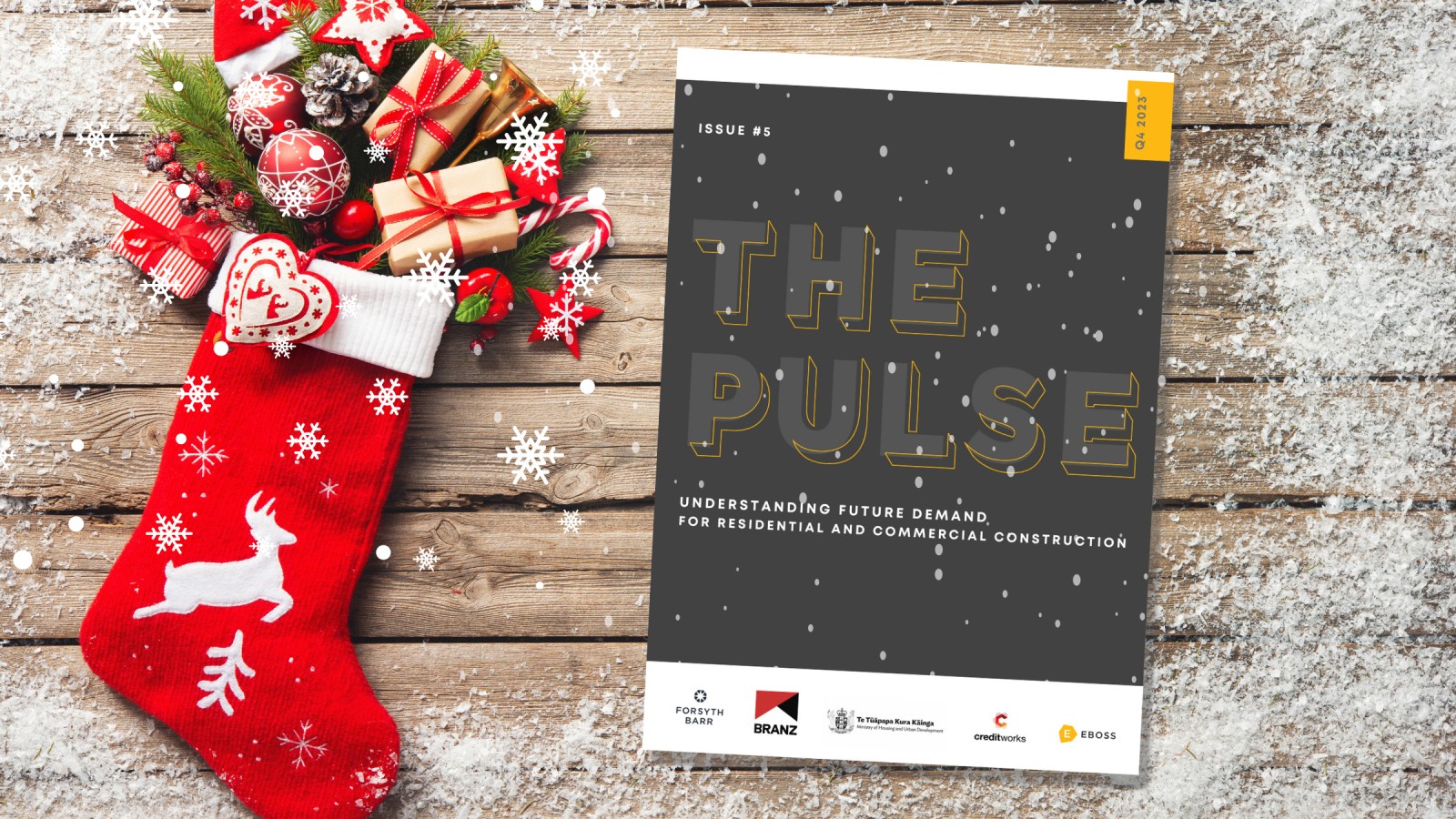But in these uncharted post-pandemic waters… economists, bankers and interested observers around the world appear divided in their opinion on the economic outlook.
The US Federal Reserve encouraged by their economy’s latest inflation figures has made noises of a cut as early as next June.
Nearer to home, the Reserve Bank of Australia unsatisfied with its latest inflation indicators, raised the cash rate earlier in November to 4.35%, with some observers suggesting another hike is more likely in the next six months than a cut.
In contrast, the Reserve Bank of New Zealand appears relatively satisfied (for now) and the consensus at the time of writing is the OCR will hold at 5.5% through 2024 before a downward trend starts in 12 months time.
Europe’s major economies remain sluggish in growth and the slow pace of China’s economic recovery continues with the promise now of a stimulus for their troubled property developers to support an economy so intrinsically linked to the health of their property sector.
So with our centre-right coalition government now in place, as business owners and managers, what are we supposed to think?
The truth? Nobody really knows how this will play out. But in order for businesses like mine and yours to plan for future demand, the best we can do is assemble data, insights and opinions from various quarters and try to understand what we do know.
12 months ago EBOSS launched a quarterly report, The Pulse, to help businesses in the New Zealand construction industry do just that.
12 months on, we are evolving The Pulse with the help of several new contributors to improve the detail and usefulness of the report.
EBOSS has partnered with talented individuals from Forsyth Barr, BRANZ and CreditWorks - and received valuable input from the Ministry of Housing and Urban Development.
Together we’ve structured the report into 4 key sections:
- YESTERDAY: The Work Completed
- TODAY: The Work Under Construction
- TOMORROW: The Work Consented, But Not Yet Constructed
- FUTURE: what we forecast will be constructed
To give you a taste ahead of the report’s release on 11 December, the FUTURE section contains a forecast from BRANZ that new residential building consents will continue to fall away to about 29,000 in 2025, and for standalone housing to become the dominant building type, representing 52% of dwellings consented over the next 5 years.
This drop in residential consents will largely be driven by a fall in consents for multi-unit dwellings. We explore the 5 main reasons underpinning this direction change in the report.
To ensure you get the December 2023 EBOSS Pulse Report in your stocking this Christmas, simply email your request to: [email protected]




























 Most Popular
Most Popular Popular Products
Popular Products


